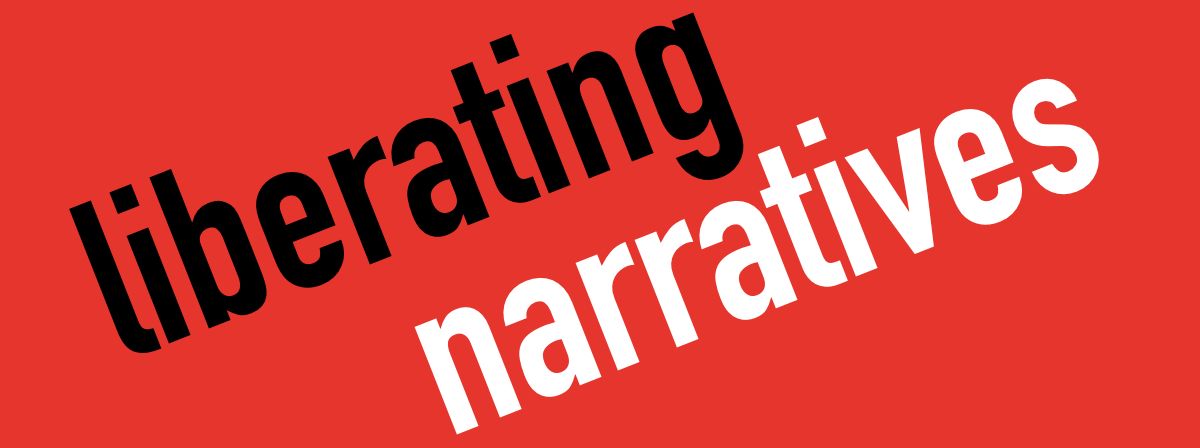Middle East
“A Period of Hatred and Despair”: Middle East and North Africa in the Era of New Imperialism, c.1830 - c.1940
A discussion of how to teach New Imperialism in the Middle East and North Africa

“We Understand the Railway’s Advantages”: Ottoman Railroads and Modernization in 1900
A discussion of teaching the Ottoman Empire around 1900 using Sirkeci railway station in Istanbul.

“A Right Notion of Life”: The Ottomans in 1700
A discussion of teaching the Ottoman Empire in 1700 using an image of the Sultan’s mother drinking coffee.

“To take lads for the Janissaries”: Making Sense of the Devşirme
A discussion of teaching the Ottoman practice of the devşirme in world history classes.
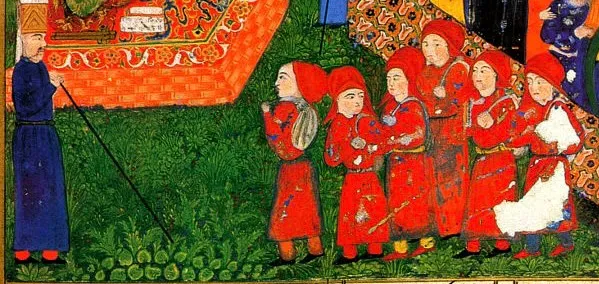
Monthly Digest: October 2022
Monthly digest for October 2022
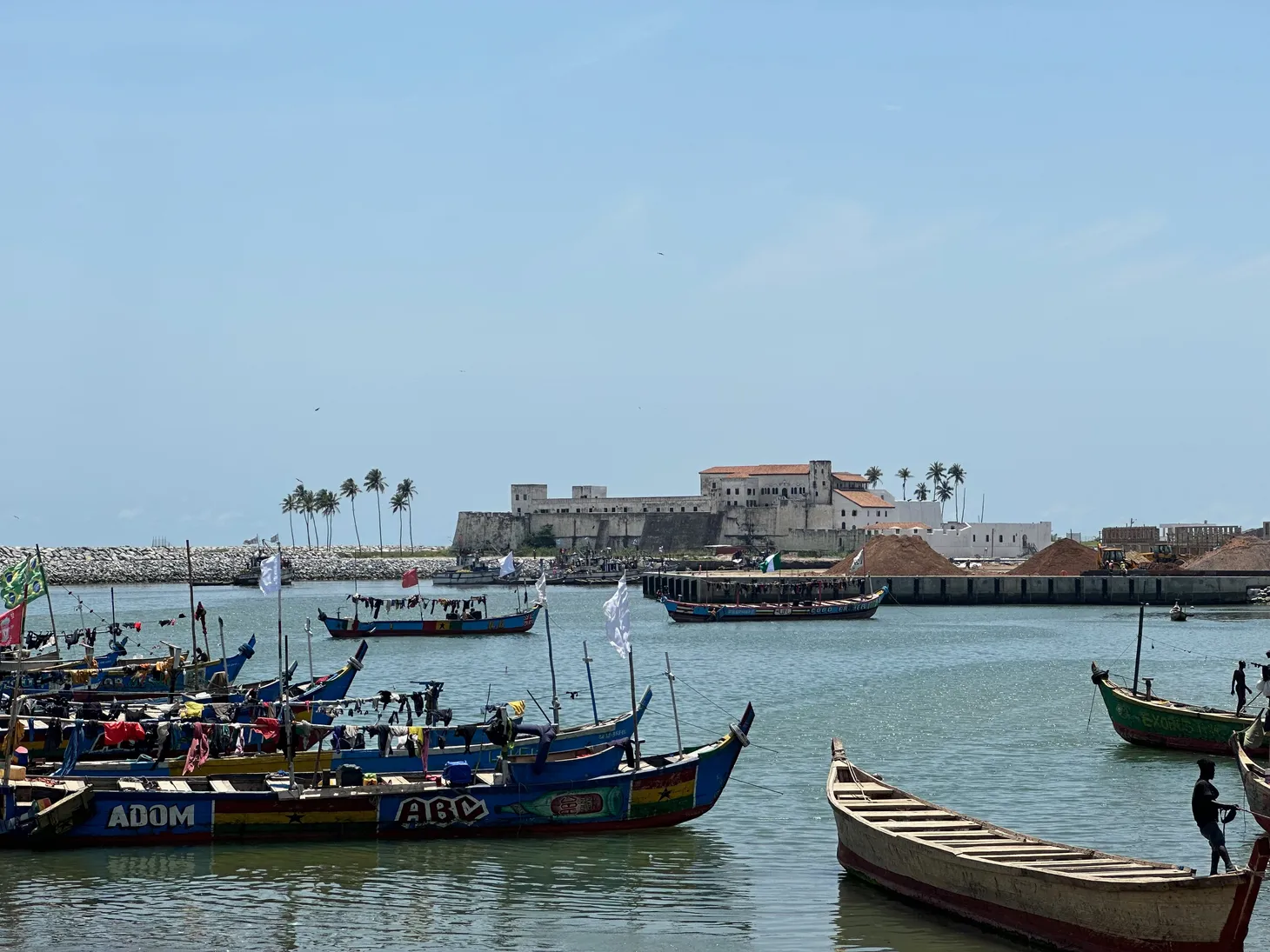
An Elephant in Belgrade: The Ottoman Empire as an Afroeurasian Empire in the Sixteenth Century
A discussion of teaching the Ottoman Empire in the sixteenth century as an Afroeurasia empire using an image from the Süleymanname.

“A Great and Important City”: Bursa and the Beginning of the Ottoman Empire
A discussion of the challenges of teaching the first century of Ottoman history in world history courses and how to use architectural evidence.
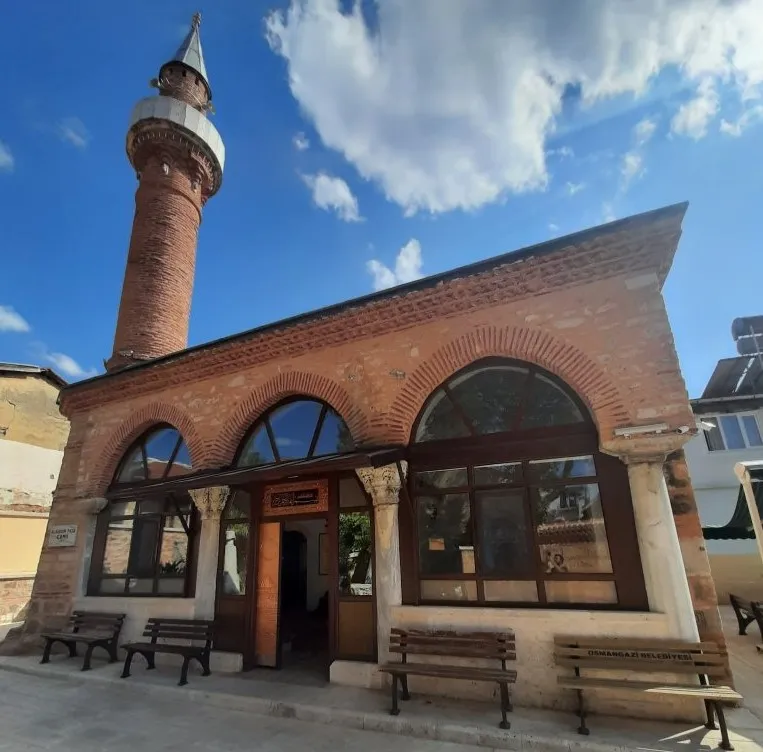
“Addicted to the Coffeehouse”: Snapshots from the Ottoman Empire
A discussion of the challenges of teaching the Ottomans in world history courses and how to use an Ottoman coffeehouse to teach about the empire

From Dublin to Shandong: Slavery and Slaving in Afroeurasia before 1400 C.E.
A discussion of how to provide some historical context of Afroeurasian slavery to help students understand the Transatlantic slave system.
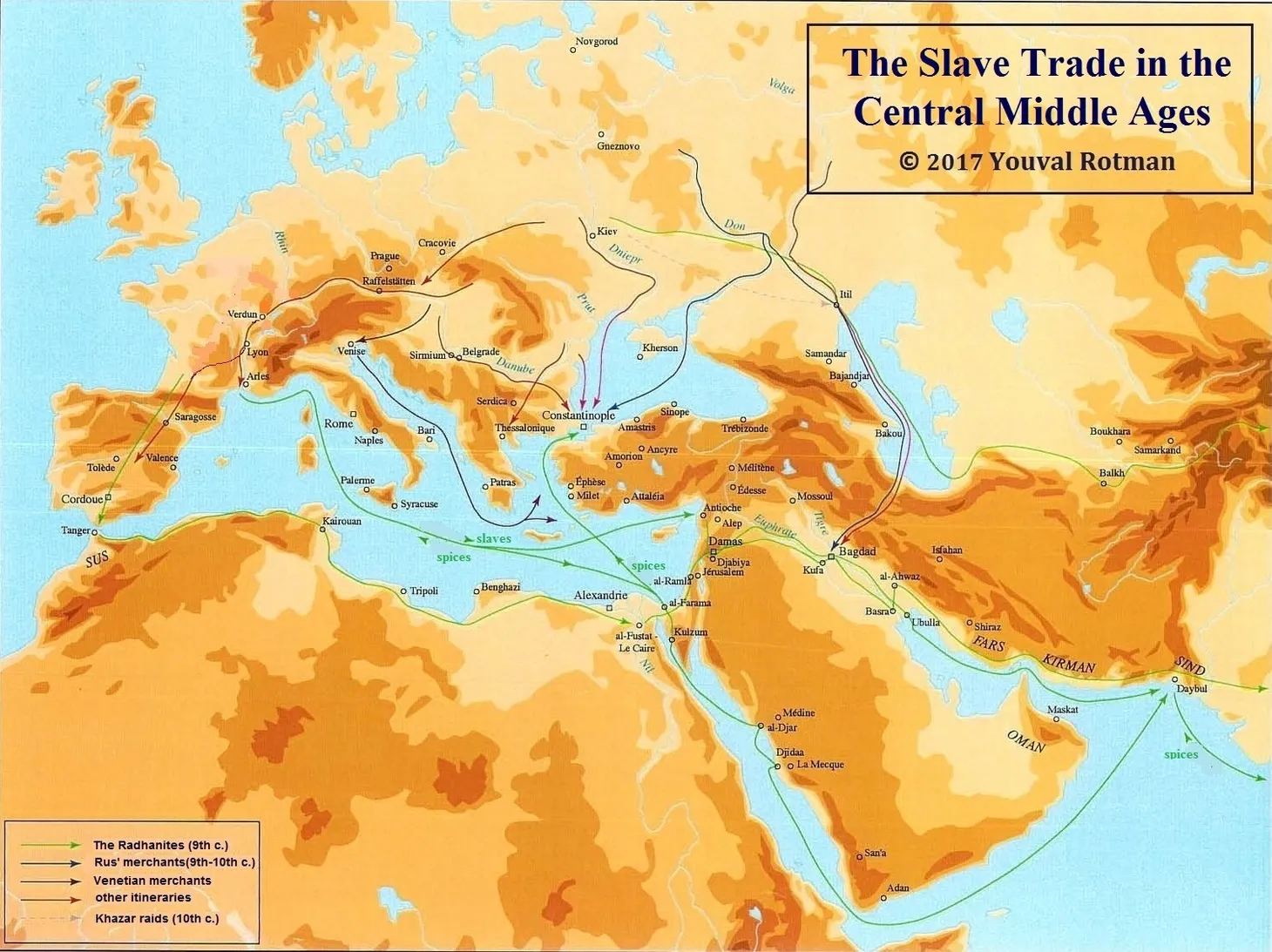
More than Four Turtles: Global Renaissances in the Fifteenth Century (Part I)
After spending two days setting up the big picture of the revival of Afroeurasia in the fifteenth century, we dive into the Renaissance, or Renaissances, on the third day. I use two different readings with the students and set up the class in a sort of a modified Harkness style

